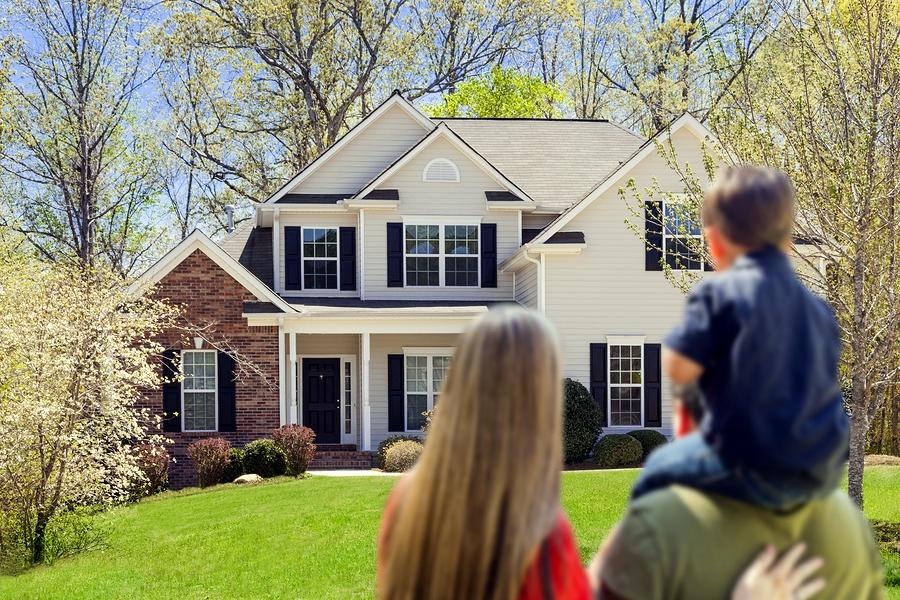Nearly all of us, or at least someone we know, has had the horrible experience of coming back to find that the security of their home has been compromised. Seeing our belongings strewn about, trying to get our bearings as we determine what has been stolen, it’s something nobody should have to deal with. Fortunately modern technology has made such scenarios more preventable with the advent of highly effective house alarm systems
While there are a number of different ways that you can improve home security such as getting a dog, investing in CCTV cameras or installing sensor lighting. The heart of all home security strategies should be installing and using a quality burglar alarm.
House alarm systems have been in use for decades now, but it’s important to remember that like most consumer technology, a lot of innovation has taken place in the past few years and you have more security options than ever before. Given the steady rise of burglaries in Auckland and the surrounding areas. It’s not a bad idea to assess your options and look to invest in an alarm system to protect your house and your possessions.
The Technology Behind Home Alarm Systems
Burglar alarms consist of 4 main components:
Sensors
Used to detect intruders when an entry point has been breached or once they are inside the house. Numerous types of sensors are available to suit difference homes and purposes. For domestic uses the most common and cost effective sensors are infrared, glass break and window reed switches
Key Pad
The primary function of a key pad is to allow homeowners to activate and deactivate the alarm system, usually with a number pad.
The options on the high end systems are many, there are a variety of key pads designed with large high resolution touch screens which are able to control everything from your alarm system and security cameras to your homes thermostat. Honeywell produce some of the leading key pad technology products.
Central control panel
This is the control center of your burglar alarm, it acts as the computer. Connecting and monitoring the alarm sensors, activating the sirens when sensors are triggered and communicating with the monitoring company.
Sirens
Inside and outside sirens are standard on most burglar alarms, inside sirens emit an ear piercing sound that is difficult to bear for intruders on the inside. External sirens are designed to alert neighbors and anyone near by.
At its most basic, a conventional burglar alarm is made up of a closed electrical circuit. This means that electricity flows along a clear path between two points. Interrupting this circuit will trigger the alarm.
An unmonitored house alarm relies heavily on neighbors to investigate the intrusion and contact you while you are out. The problem is false alarm sirens going off are about as common as a dogs barking or a baby crying and many people will simply ignore alarms going off down their street.
Of course, the main aim of a security system is not to alert homeowners or neighbors, but really to scare off intruders and minimize their time spent inside your home. Another problem is many of today’s thieves will also ignore burglar alarms especially if the area is more remote and they think that the alarm is unmonitored
Home Alarm Improvements
Another development in house alarm systems that improves your security when you’re not around, is an external monitoring service. If you’re away for a week on holiday and your home alarm system is triggered, an external monitoring security center will be notified.
They can dispatch a patrol guard to your house, often within minutes to investigate any disturbances. This removes the problem of relying on neighbors when you’re out of the house and means someone will always be guaranteed to respond to alarm activations and threats.
Alarm monitoring centers can be instructed to call you before dispatching a guard. This is a good idea and can save you costly call out fees when you are close to home or suspect it to be a false alarm. Standard alarm monitoring companies in New Zealand charge around a dollar a day or $30 a month to be connected to their service. Patrol call out fees vary between $60-$90 depending on the monitoring company.
Wireless systems are now becoming more popular as their technology improves and becomes more reliable. These do away with the long installation times and inflexibility of traditional hard-wired systems. They are also more mobile, meaning that once you buy a wireless system, you can remove it and take it with you if you’re moving house.
Perimeter or driveway security systems are helpful editions to a home security system. Especially if you live in the more remote rural areas of New Zealand where your visitors are less frequent. Perimeter security systems are most commonly used to alert home owners of unexpected visitors coming down longer private driveways though they are just as useful on large land sections where there can multiple entry points to the property.
Other systems exist that incorporate smoke or fire detectors, meaning that you are given all-round protection not only from burglars and intruders, but from house fires as well.
Security Is Paramount
Many homes in New Zealand now have at least a basic house alarm system installed. Security for your family is paramount and it’s really important to protect your home and possessions. If you truly value security, you should definitely think about either buying or upgrading your system.
There are a number of very affordable options these days and good effective security is no longer unaffordable. For just a small cost, you can protect your home and gain that all important peace of mind.

